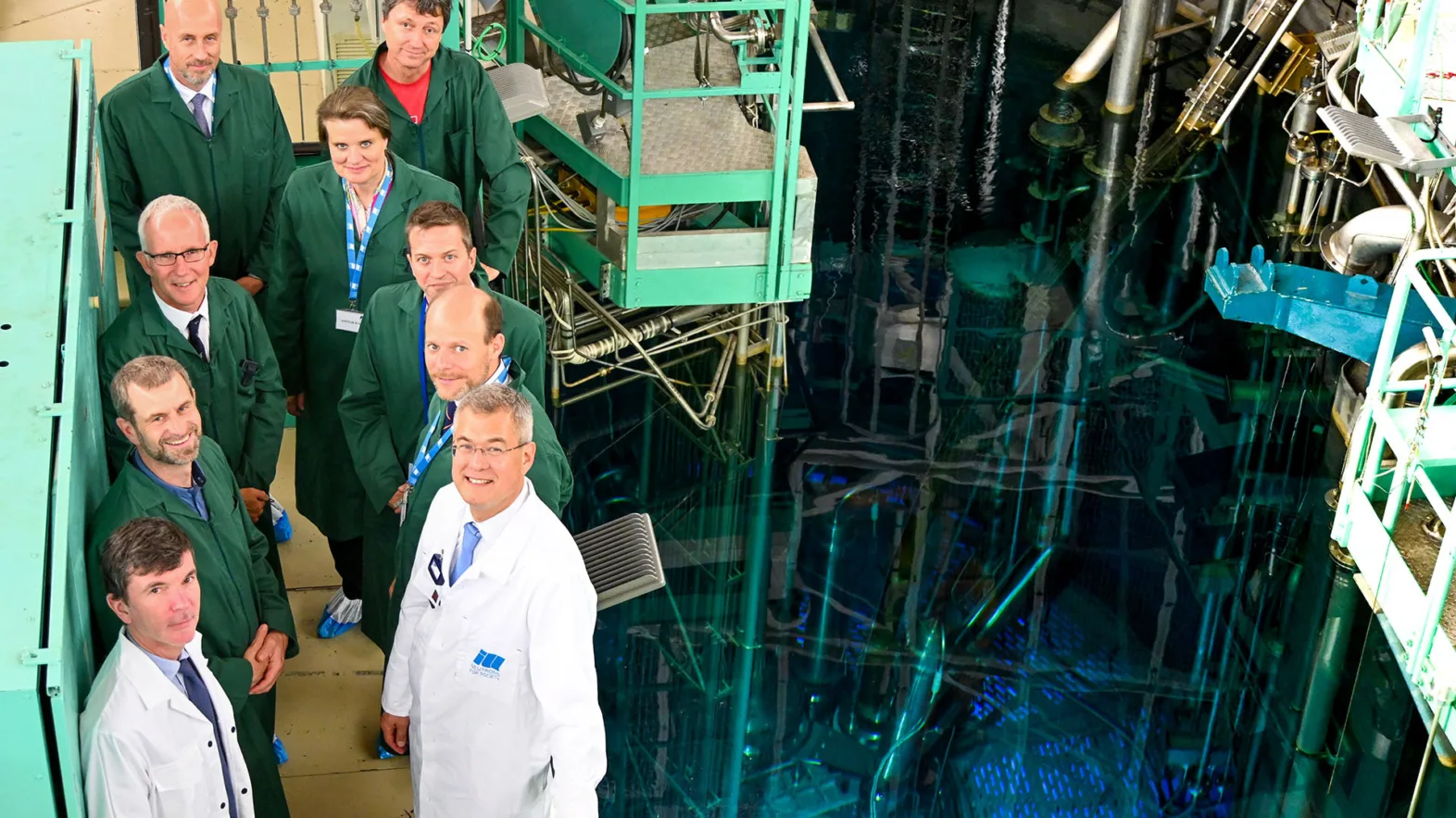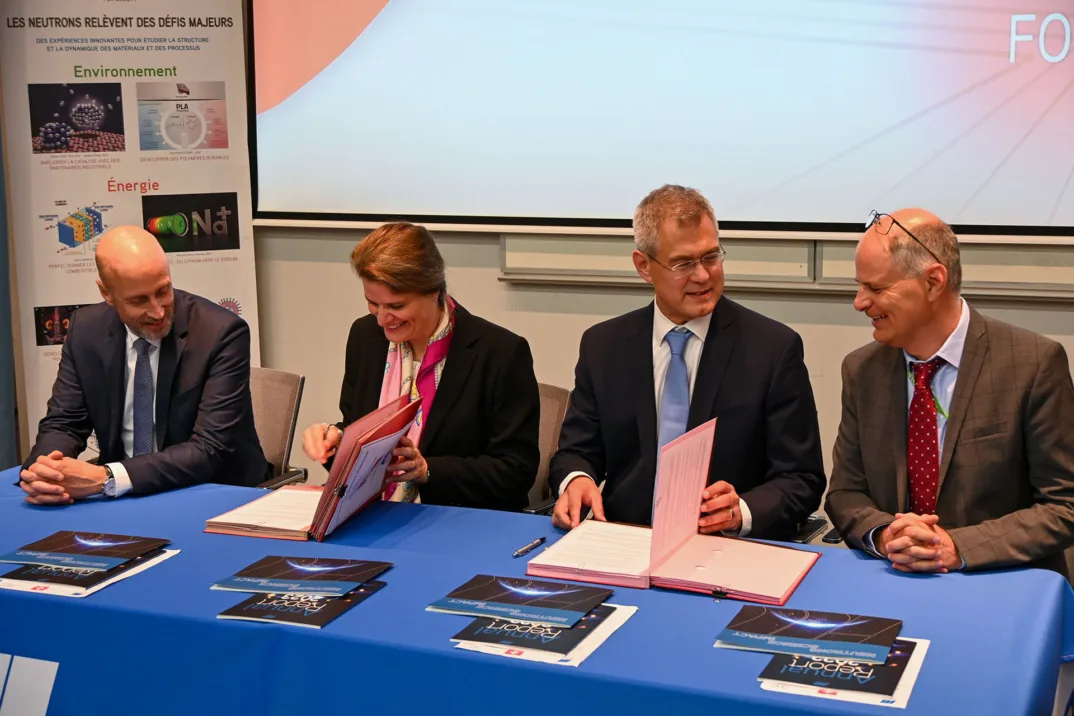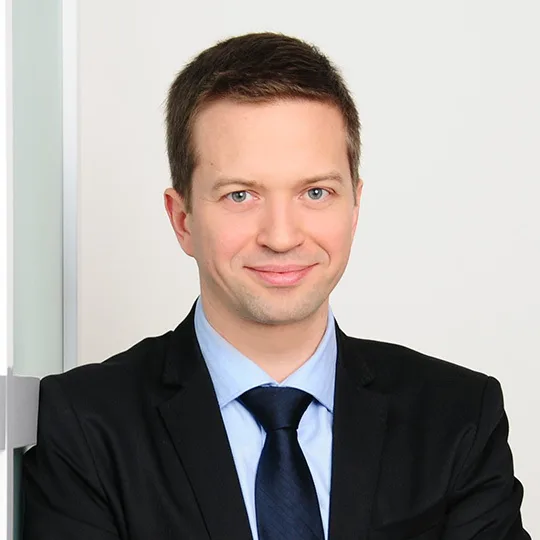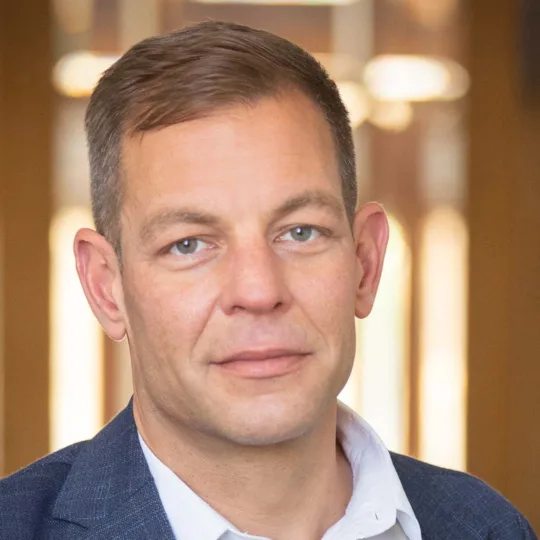Switzerland at the heart of European neutron research
In June of 2024, Switzerland renewed its participation in the Institut Laue-Langevin (ILL) in Grenoble, France. The Swiss research community, recognised worldwide for its expertise in neutron science, will be able to continue using this unique infrastructure, which has one of the world's most powerful neutron sources.

The Institut Laue-Langevin (ILL) is an international research organisation originally established in 1967 by France and Germany, with the United Kingdom joining soon afterwards. There are around ten Scientific Member countries, including Switzerland since 1998, whose participation in the ILL is based on limited five-year contracts. Put into operation in 1971, the ILL became one of the leading international research facilities on the European continent thanks to its high-flux reactor, which powers some forty experimental stations that were recently upgraded under the Endurance programme.
Access secured up to at least 2028
The agreement signed by State Secretary Martina Hirayama in Grenoble on 6 June 2024 renews Switzerland’s participation in the ILL for an initial period running from 2024 to 2028. In 2020, Parliament approved a budget allocation of CHF 12 million for this purpose. Provided parliamentary approval is given to the funding request made in the Federal Council Dispatch on the Promotion of Education, Research and Innovation for 2025-2028, Switzerland's commitment will be increased to CHF 26.4 million and extended to 2033.
The renewal of Swiss participation in the ILL is essential for the Swiss neutron research community. With nearly 5% of the total beam time made available by the ILL, Swiss researchers are involved in no fewer than 10% of the publications based on data produced at the ILL. This renewal also benefits Swiss research institutions that pursue scientific and technological collaboration with the ILL, as well as Swiss companies that are awarded contracts from the ILL worth an estimated CHF 1 million per year.

Reinforcing Swiss excellence in neutron science
Switzerland's international reputation for excellence in neutron science rests on three pillars. Firstly, Swiss participation in the ILL has given Swiss researchers already 36 years of access to the world's most prolific neutron source. Secondly, Switzerland greatly contributes to the European neutron landscape with its own national neutron source, the Swiss Spallation Neutron Source SINQ, which is currently one of Europe's top four neutron sources.
Operated by the Paul Scherrer Institute since 1996, 'SINQ' provides its Swiss and international users with 17 cutting-edge instruments whose features complement the instrumentation available at ILL. Finally, in order to ensure the long-term development of research excellence in this field, Switzerland joined the ERIC European Spallation Source (ESS) in 2015. Currently under construction in Lund, Sweden, ESS is set to become the world's most advanced neutron source by the end of the decade. A number of Swiss research institutions are closely involved in the construction of ESS, contributing to the design and construction, in whole or in part, of installations and instruments commissioned by the Swiss Confederation.
Switzerland has an outstanding reputation in the field of neutron science due to the exceptional quality of its research community, its outstanding technical expertise in building and operating neutron infrastructures, and its participation in key research infrastructures that place Switzerland at the heart of European neutron research.
The importance of neutron sources
In addition to X-rays and electron microscopy, neutron beams are one of the three main techniques used to study matter at atomic level. Thanks to their unique characteristics, neutrons are used in fundamental physics, chemistry, materials science and life sciences. In particular, they are essential in the study of magnetism, and are therefore crucial for modern technologies. For example, neutron sources make a significant contribution to the development of high-performance, long-life batteries and to the structural study of heat shields used in the space sector. The ILL is also one of Europe's leading producers of radioisotopes for the clinical treatment of cancer.
Contact
Author



